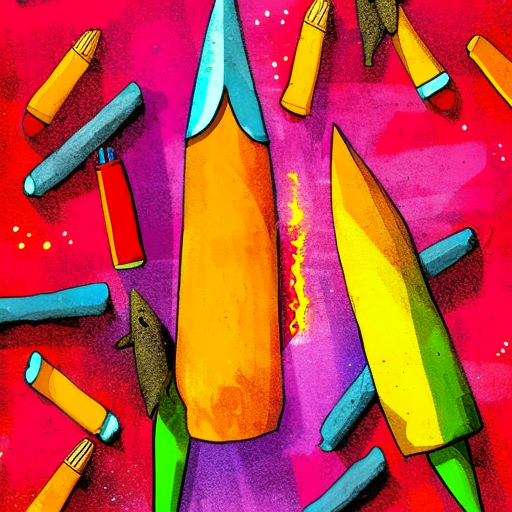Summary:
In “The Day the Crayons Quit,” written by Drew Daywalt and illustrated by Oliver Jeffers, Duncan opens his box of crayons to find a stack of letters. Each letter is a complaint from a different crayon, expressing their dissatisfaction with how they are being used. From Red feeling overworked to Black feeling underused, the crayons have a lot to say. As Duncan reads each letter, he realizes that he needs to find a way to make all the crayons happy and restore harmony to his coloring world.
The Crayons’ Complaints:
The book is divided into several letters, each representing a different crayon’s perspective. Here are some of the main complaints:
Red: Red feels overworked because Duncan uses him for everything, from fire engines to strawberries. He demands a break and asks Duncan to use other colors for a change.
Purple: Purple is upset because Duncan rarely uses him and instead favors his little sister’s favorite color, pink. Purple feels neglected and wants to be used more often.
Beige: Beige is tired of being ignored and wants to be recognized as a color. He feels that Duncan only uses him for boring things like wheat and turkey.
4. Gray: Gray is unhappy because Duncan uses him for dull things like elephants and whales. He wants to be used for more exciting things like sharks or battleships.
5. White: White feels invisible because Duncan never uses him. He wants to be used more often and suggests that Duncan color in a snowstorm or a polar bear.
6. Black: Black is tired of being used only for outlining and wants to be used for more than just drawing outlines and coloring in Halloween pictures.
7. Green: Green is upset because Duncan uses him too much for coloring trees and frogs. He wants a break and suggests that Duncan use other colors for nature-related drawings.
Duncan’s Solution:
As Duncan reads each letter, he realizes that he needs to find a way to make all the crayons happy. He comes up with a creative solution by creating a picture that incorporates all the colors in unique and unexpected ways. By using each crayon in a different and exciting manner, Duncan shows that every color is important and has its own role to play in creating art.
Key Takeaways:
- Every color has its own unique perspective and role to play.
- Artistic creativity can solve problems and bring harmony.
- Listening and understanding others’ perspectives can lead to innovative solutions.
“I’m only one crayon, but I have feelings too.”
In “The Day the Crayons Quit,” Drew Daywalt and Oliver Jeffers create a delightful story that not only entertains but also teaches important lessons about creativity, individuality, and empathy. Through the colorful and humorous illustrations, readers are reminded of the importance of valuing and appreciating the diverse perspectives and contributions of others. The book encourages children (and adults) to think outside the box and embrace the uniqueness of each color and individual. So, the next time you pick up a crayon, remember that it has feelings too!












